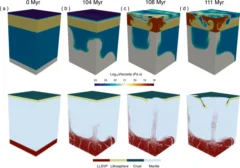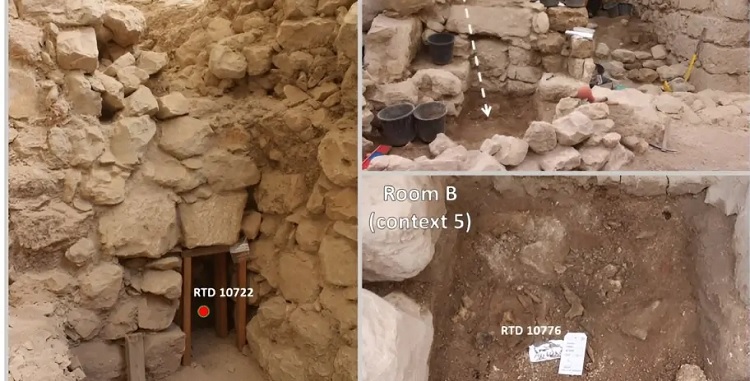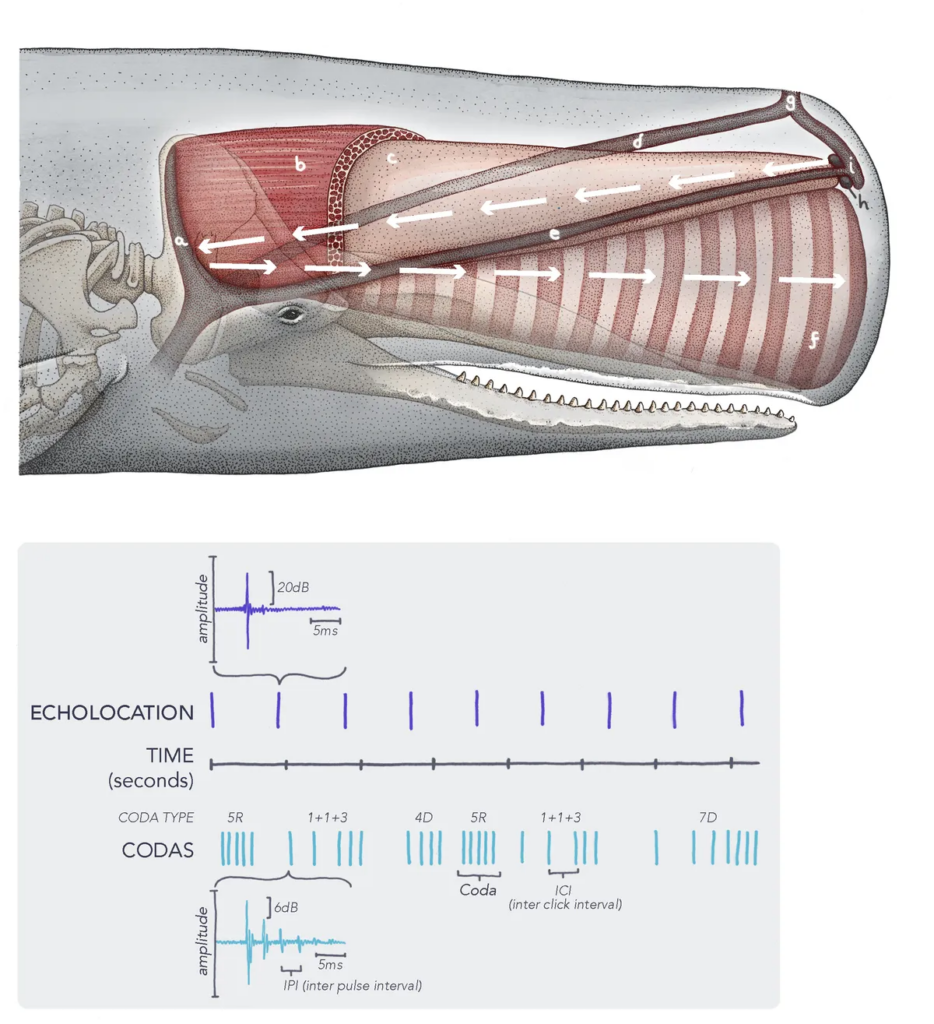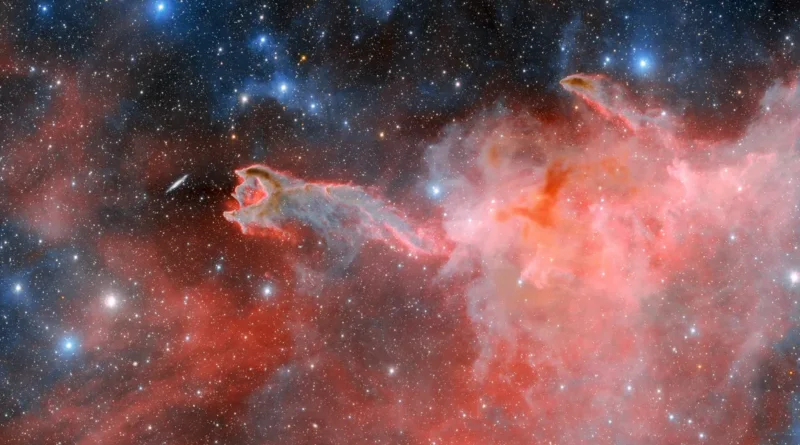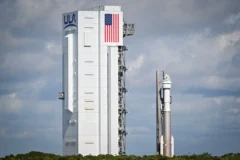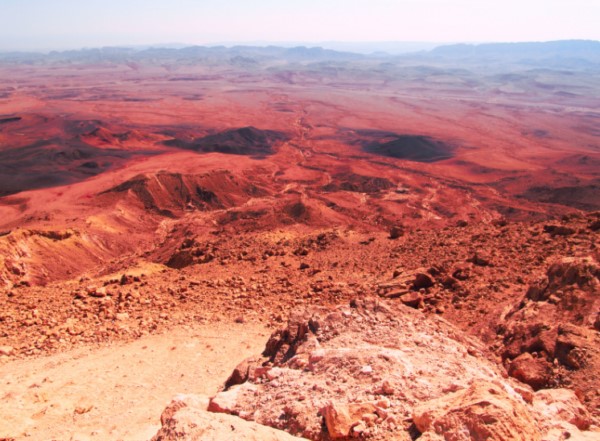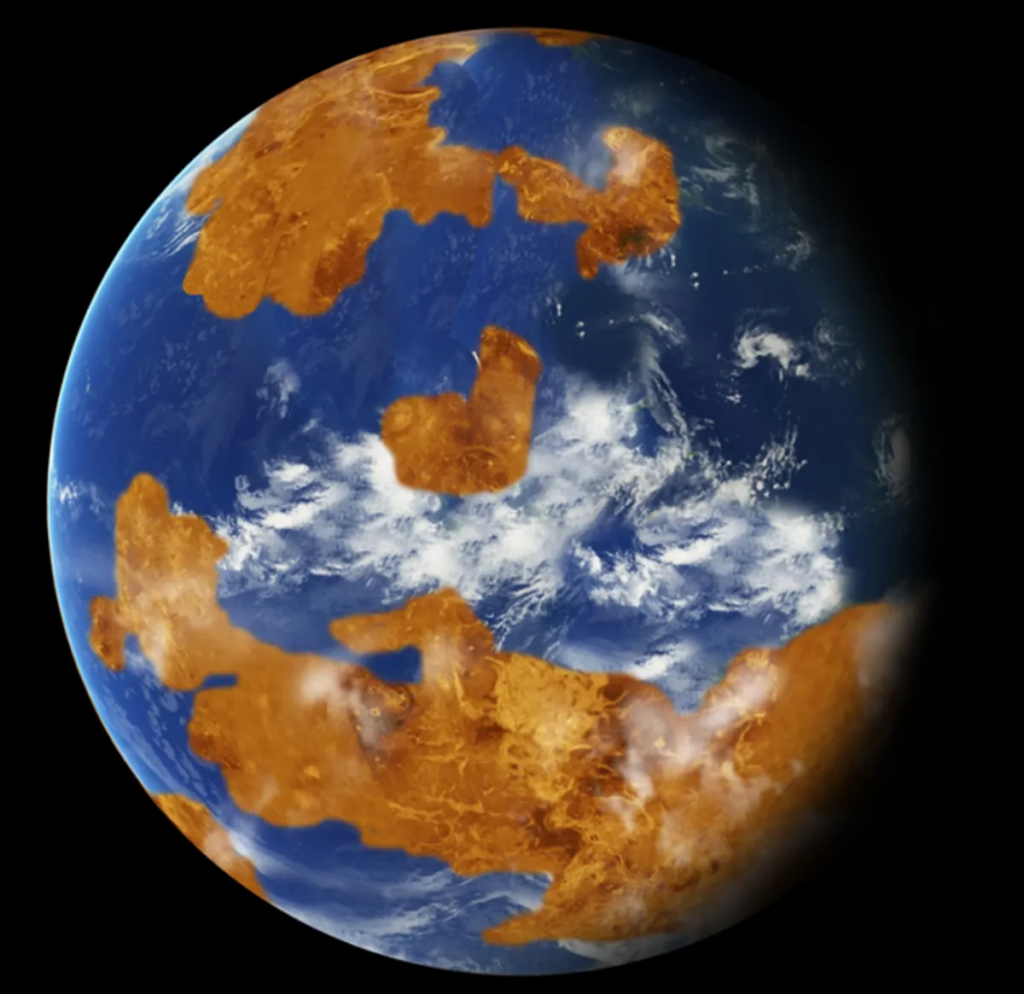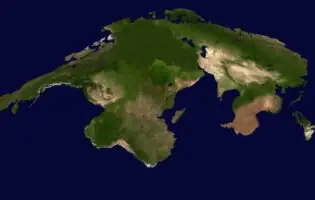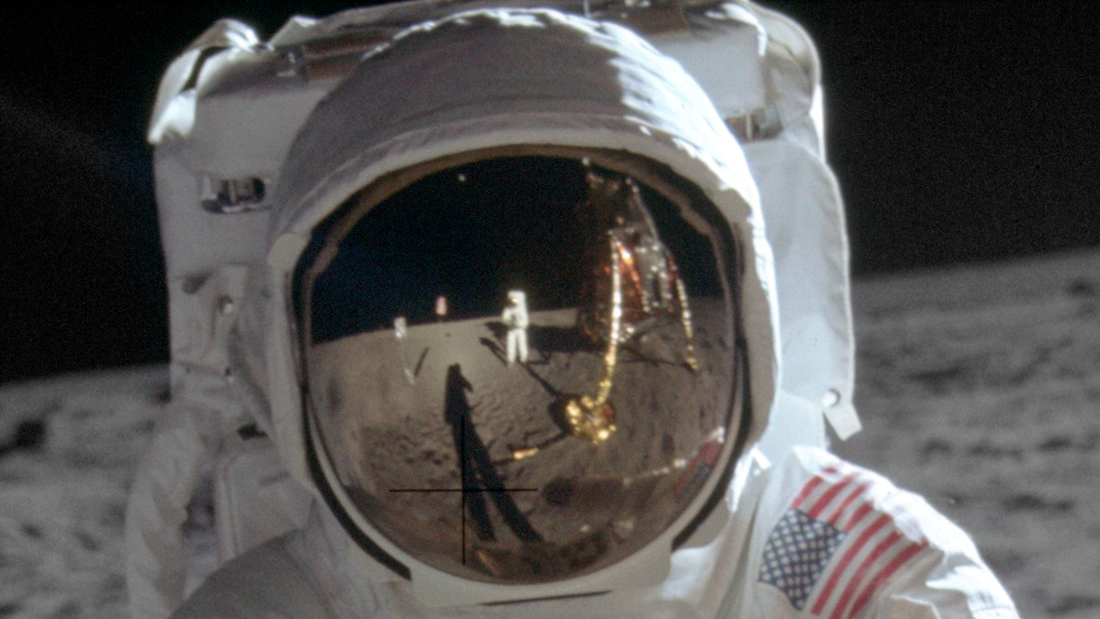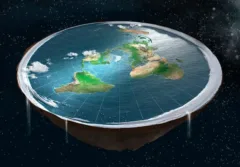
The effects of human activities, such as greenhouse gas emissions and deforestation on the Earth's surface, are well documented. Recently, hydrological researchers from the University of Arizona investigated the human impact on the deep depths of the Earth, which extend from hundreds of meters to several kilometers below the surface.
"We looked at how the rate of fluid production from oil and gas compared to the natural background water circulation, and we showed how humans have had a big impact on the circulation of fluids in the subsurface," said Jennifer McIntosh, a professor at the University of Arizona Dept. of Hydrology and Atmospheric Sciences and senior author of the journal article Earth's Future, where the results are described in detail.
"The deep subsurface is out of sight and out of sight for most people, and we thought it was important to provide some context to this proposed activity, especially when it comes to our environmental impact," said lead study author Grant Ferguson, an associate professor. a professor in the Department of Hydrology and Atmospheric Sciences at the University of Arizona and a professor in the School of Environment and Sustainability at the University of Saskatchewan.
Future forecasts and joint research
According to the study, these human-induced liquid flows will increase in the future due to strategies proposed as solutions to combat climate change. Such strategies include: geological carbon sequestration, which is the capture and storage of atmospheric carbon dioxide in underground porous rocks; geothermal energy production, which involves circulating water through hot rocks to produce electricity; and mining lithium from mineral-rich underground brine to power electric vehicles. The study was conducted in collaboration with researchers from the University of Saskatchewan in Canada, Harvard University, Northwestern University, the Korea Institute of Earth Sciences and Mineral Resources, and Linnaeus University in Sweden.
"Responsible management of the subsoil is central to any hope of a green transition, a sustainable future, and keeping warming below a few degrees," said Peter Reiners, a professor in the Department of Geosciences at the University of Arizona and co-author of the study.
Human activity and groundwater circulation
When producing oil and natural gas, there is always some water, usually salt water, that comes from deep in the earth, McIntosh said. Groundwater is often millions of years old and becomes salinized either through the evaporation of ancient seawater or through reaction with rocks and minerals. For more efficient oil recovery, more water from near-surface sources is added to the salt water to compensate for the amount of oil removed and maintain formation pressure. The mixed salt water is then pumped back into the subsurface. This becomes a cycle of extracting the liquid and re-injecting it deep into the earth.
The same process occurs in lithium mining, geothermal energy production, and geological carbon sequestration, all of which operations involve residual salt water from underground that is re-injected.
"We're showing that the fluid injection rate or the recharge rate from this oil and gas activity is greater than what happens naturally," McIntosh said.
Using existing data from a variety of sources, including measurements of fluid movements associated with oil and gas production and water injection for geothermal energy, the team found that current rates of fluid movement caused by human activity are higher compared to how the fluids were moving before the intervention a person
As human activities, such as carbon capture and sequestration and lithium mining, increase, the researchers also envision how these activities may be recorded in the geologic record, which is Earth's history recorded in the rocks that make up its crust.
Impact on microbial life and needs for future research
According to McIntosh, human activities can potentially change not only the deep subsurface fluids, but also the microbes that live there. As fluids move around, the microbial environment can be altered by changes in water chemistry or by the transfer of new microbial communities from the Earth's surface to the subsurface.
For example, with hydraulic fracturing, a technique used to break up underground rocks with pressurized fluids to extract oil and gas, a deep rock formation that previously did not have any appreciable amount of microbes can have a sudden boom in microbial activity.
Much remains unknown about the deep interior of the Earth and how it is affected by human activities, and it is important to continue working on these questions, McIntosh said.
"We need to use the deep subsurface as part of the solution to the climate crisis," McIntosh said. "However, we know more about the surface of Mars than we do about the water, rocks and life deep beneath our feet."


 225
225



